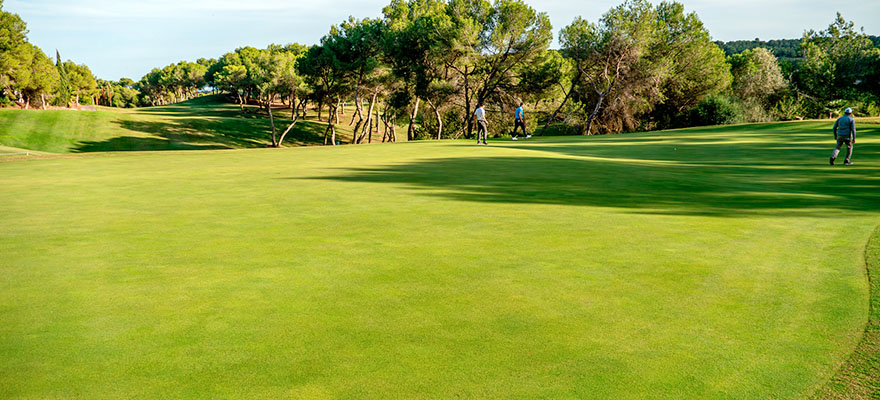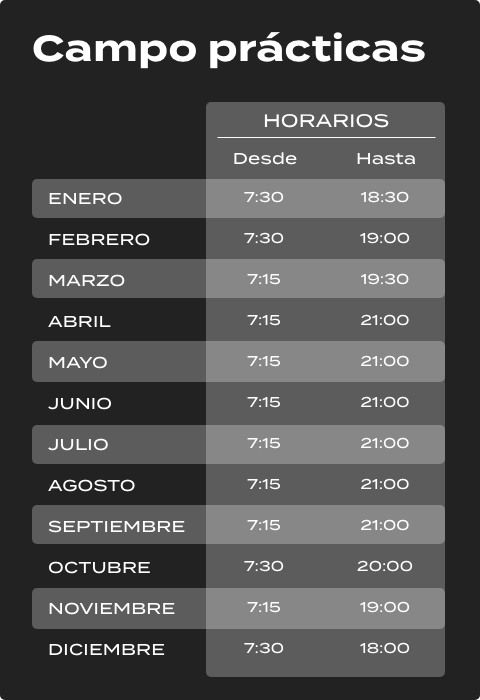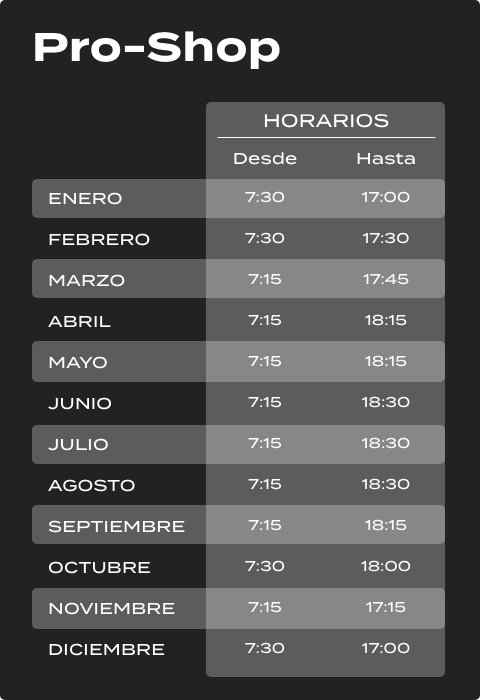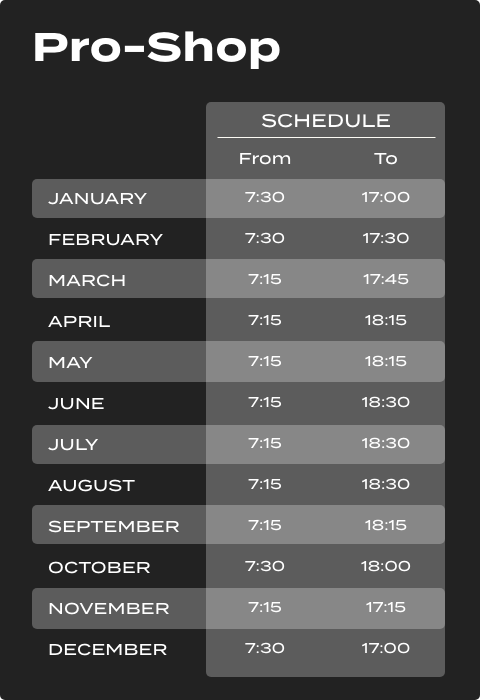Golf is a game of precision, but also of approach. Knowing in which area of the field to place the ball at any given moment is key.
Sobre el papel, la mecánica básica del golf es simple. Un palo, una pelota, un hoyo en el que introducirla y un número x de intentos para conseguirlo. Jugarlo ya es otra cosa. No en vano, se trata de uno de los deportes más técnicos que existen. La diferencia entre un buen golpe y uno malo, sobre todo esto último, puede suponer ganar o perder un campeonato. Algo de lo que depende, en gran parte, también el campo.
A golf course is divided into different sections. Placing the ball in favorable areas is the golfer’s main task. Although they exist, holes-in-one are a rare occurrence in the normal course of a match. Therefore, golf is a game of approximation. Increasing the chances of hitting the ball using as few strokes as possible.. To do this, of course, you have to avoid the different obstacles that exist within the field and always go for those that favor the game.
Holes
Obviously, the most characteristic area of a golf course is its holes. In total, a professional course consists of 18 holes. It is likely that at the amateur level there are courses consisting of nine holes, in which case they are usually played twice. Each hole has a par awarded according to its difficulty. The par is the estimated number of strokes to complete the hole..
Green
The hole itself is located within an area called the green. This is the area of the golf course where the grass is the most well-tended. Generally, very short and somewhat wet so that the ball can slide on it. The surface is usually about 550 square meters. One thing to keep in mind is that the green, as a general rule, is not flat. On the contrary, it has slopes that complicate the game even more.
The stroke that is made inside the green is called a putt or, in its Spanish translation, pateo or patear. This is a precision shot, since it has the ultimate goal of getting the ball into the hole. Different factors must be taken into account, such as wind, slope or the speed of the grass.
Antegreen
The green is surrounded by a green area whose grass is cut slightly longer than on the green, but noticeably shorter than on the rest of the course. It is known as antegreen. This is a previous area, which as a rule the player will try to avoid in order to put the ball directly on the green.
Tee
The tee is the starting area of each hole. From where the first stroke is made. As a general rule, it is located somewhat higher and consists of a flat area of very short grass. The tee has a surface area of approximately 100 square meters and the player can place the ball where he thinks it is most convenient according to the shot he plans to make.Max Homa on the tee of the 14th hole of Royal Liverpool during the 2023 British Open. REUTERS
Street
The fairway is the path from the tee to the hole. Its length or width is variable, depending on the par of the hole.. Thus, a par 5 hole will have a much longer fairway than a par 3 hole. These areas are more manicured than the rest of the course, although without reaching the extreme of the green. The idea is that the player has an easy time hitting the ball on it.
The player’s objective on a par 3 hole is usually to place the ball in the fairway on the first shot, on the green on the second and to pocket on the third. Although, obviously, in a match, to get a score under par, the strategy tends to change to get around the fairway and put the ball directly on the green.
Rough
Rough (in English it can be translated as close, but also as rough) is the area located on the outskirts of the street. Unlike this one, it has the most neglected lawn. As a general rule much higher, which makes the stroke more complicated. Obviously, this is the area to avoid par excellence. If the ball lands there, the player knows he is in trouble.
Bunker
The bunker is a type of obstacle placed within a golf course to make it difficult for the player to approach the green. In this case, it consists of a large sand bank, strategically placed in the vicinity of the hole. Getting out of a bunker and putting the ball on the green is a tricky shot, but one that the vast majority of golfers, if not all, have to deal with on a regular basis. In order to achieve this, it is usual to use a special stick called a sand wedge which allows to give the ball the necessary arc to overcome the trap.
The most famous bunker in the world of gold is the so-called Road Hole, located next to the 17th hole of the Old Course at St Andrews. For many tennis players, the most difficult hole in the world because it is an extremely long par 4 (495 yards) and the green is not visible from the tee. As if that were not enough, next to the green is the dreaded hole. A sinkhole of great height into which no one wants to fall. Although it has recently been modified to make it more accessible, its height has been lowered by just over half a meter, it is still a place where you don’t want your ball to fall. In 1990, Txema Olazábal had the misfortune of seeing it firsthand, needing two strokes to get out of there.
Lakes
The other most common type of obstacle on a golf course are lakes or water areas. In this case, there are two types. Those obstacles that are located on the side of the course and are marked with yellow pegs, and those that are located in the center of the course and are marked with yellow pegs.
In the obstacles marked in red, in case the ball falls into the water, the player can replace the ball with a penalty stroke. Thereafter, you have three options: replay the ball from the point of the previous stroke, drop the ball on the line between the point of entry into the hazard and the flag, or drop the ball within two clubs of the ball’s entry into the lake.
On the other hand, if the ball has fallen on an obstacle marked with yellow pins, it also receives a penalty stroke. However, in this case, you will only have two options: return to the previous point or drop the ball on the line between the point of entry into the obstacle and the flag.








